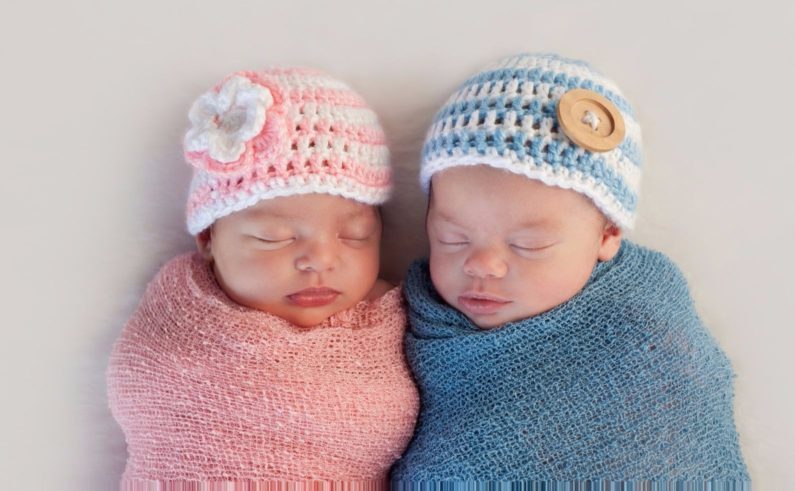According to history it wasn’t always that way; it was a gradual process that was shaped over time. Let’s take a look!
Centuries ago, before blue for boys and pink for girls became the norm, both boys and girls were dressed in white. This was due to practicality, since it was easy to bleach dirty clothes.
Jo B. Paoletti, a professor at the University of Maryland who focuses on gender roles, found “that our adoption of gender-specific colors was a gradual process.”
In the middle of the 19th century, pastel colors were becoming more common for children to wear. “In 1918, a trade publication stated that it was pink that was appropriate for boys, as it was a stronger, bolder color. The pastel tones of blue were better for girls, they said. Other contemporary publications suggested that colors should be decided on not based on a baby’s gender, but on their hair or eye color.” Later, department stores started to market blue and pink as the new color trends for infants and children.
After World War II, designers like Christian Dior advertised men coming home from war to woman wearing “soft, flowing, feminine pink.” The woman may have been wearing darker tones, doing physical labor but once their men came home, they could let them take over and retire to soft flowing aprons and feminine work instead. It was then that we learned to believe that pink was feminine and blue was masculine.
There was a brief moment in history where the women’s liberation movement changed this ideal and colors became gender neutral. However, in the 1980s as capitalism boomed, marketing baby clothes for retailers meant selling specific clothing geared for boys and girls. If a family had more than one child, instead of using hand me downs, they were excited to go shopping and buy new clothing that was geared toward that baby’s gender. At this point in time, being feminine was something to celebrate and retailers knew it. This new marketing approach created excitement and a reason for families to go out and spend money. Today’s society is no different.
In a 2011 study, babies were “offered the choice between two nearly identical objects. One was pink, the other wasn’t. When they were a year old, there was no difference in the number that would choose pink or the other color. By the time they were 2 years old, many more girls were choosing pink. By 4, the gender divide was evident on both sides, with most boys now refusing the pink item.”
This gradual process has led to the idea of blue for boys and pink for girls. Especially now with the infamous gender reveal – it is more common than not that these colors are identifying factors for a baby’s gender.
Source:
http://www.thelist.com/32342/real-reasons-behind-blue-boys-pink-girls/s/after-whiover centuries agote-came-pastels-and-even-pink-specifically-for-boys/

